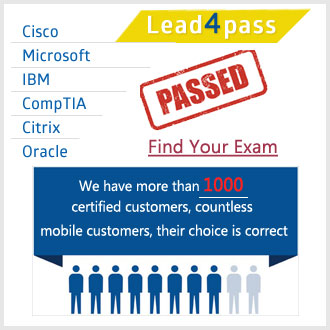leads4pass 312-50v12 dumps updated and released 528 latest exam questions and answers for preparing CEHv12 certification exam!
Using leads4pass 312-50v12 dumps with PDF and VCE: https://www.leads4pass.com/312-50v12.html, Help you practice real questions easily and pass the exam with 100% success.
What’s
» Read more about: Leads4Pass 312-50v12 dumps for CEHv12 certification exam »
Continue reading...
